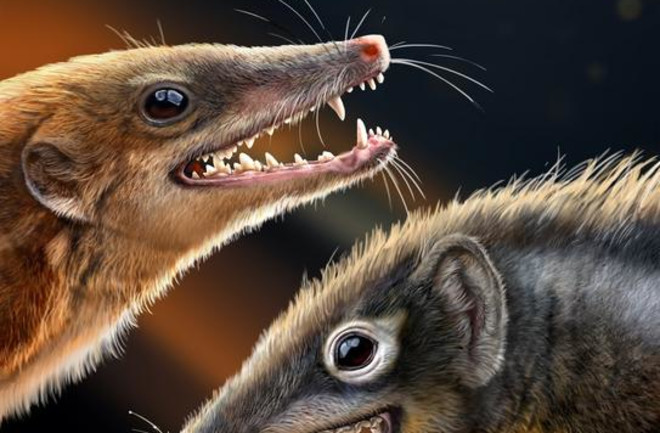While eyes are said to be mirrors of the soul, for paleontologists, teeth are sometimes the key to distinguishing some evolutionary features. Teeth represent the hardest tissues in a mammal's body and are often the most commonly preserved fossil parts.
Recent studies examining teeth, jaws, and inner ear bones from evolutionary precursors to mammals called mammaliaforms are redrawing the group’s family tree.

